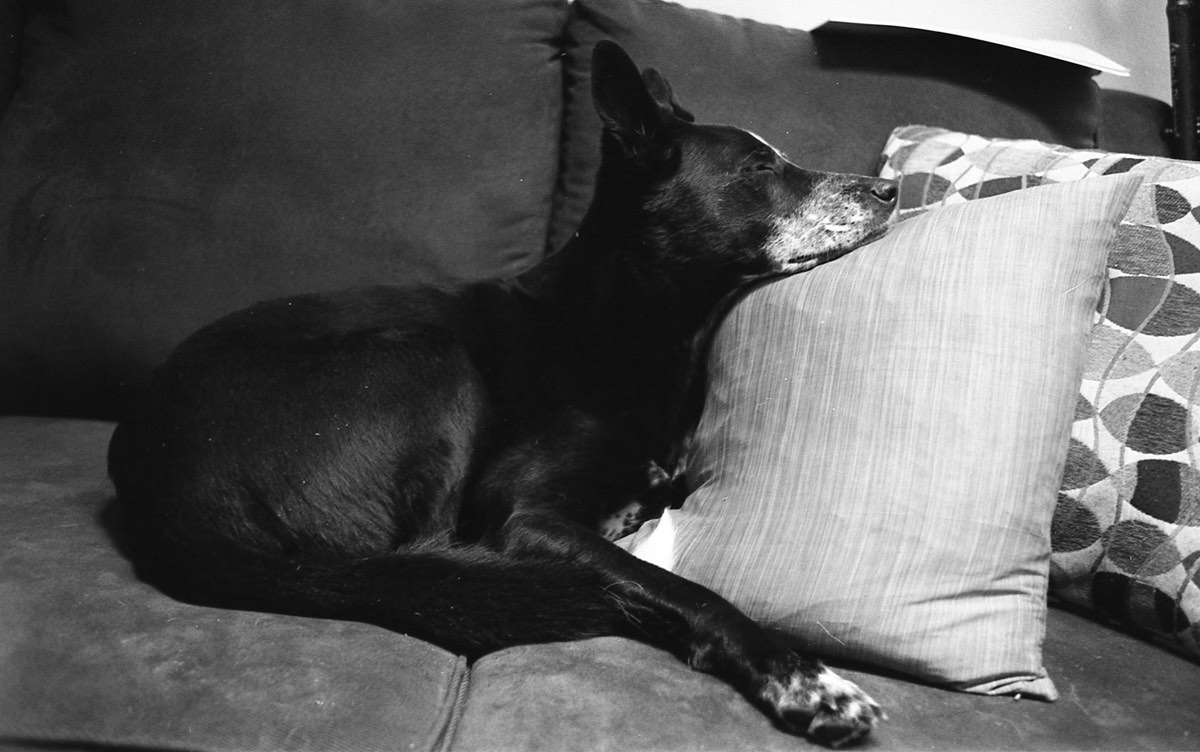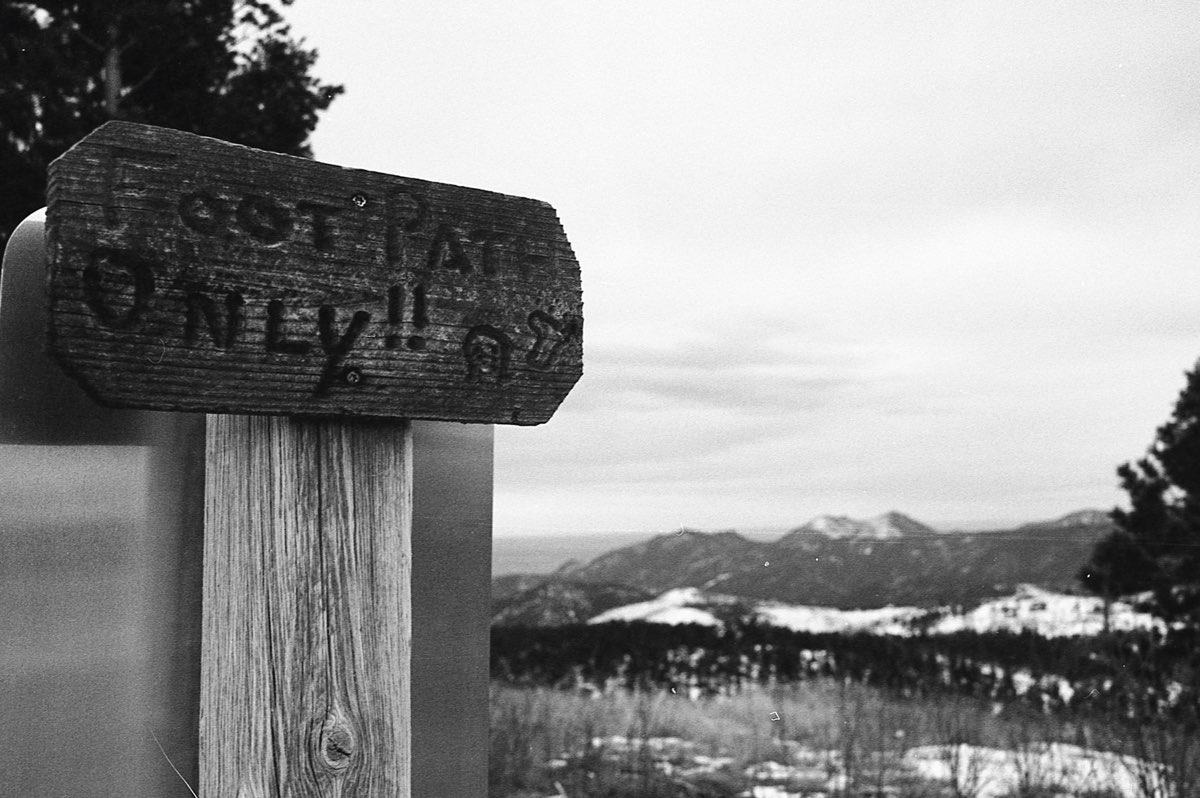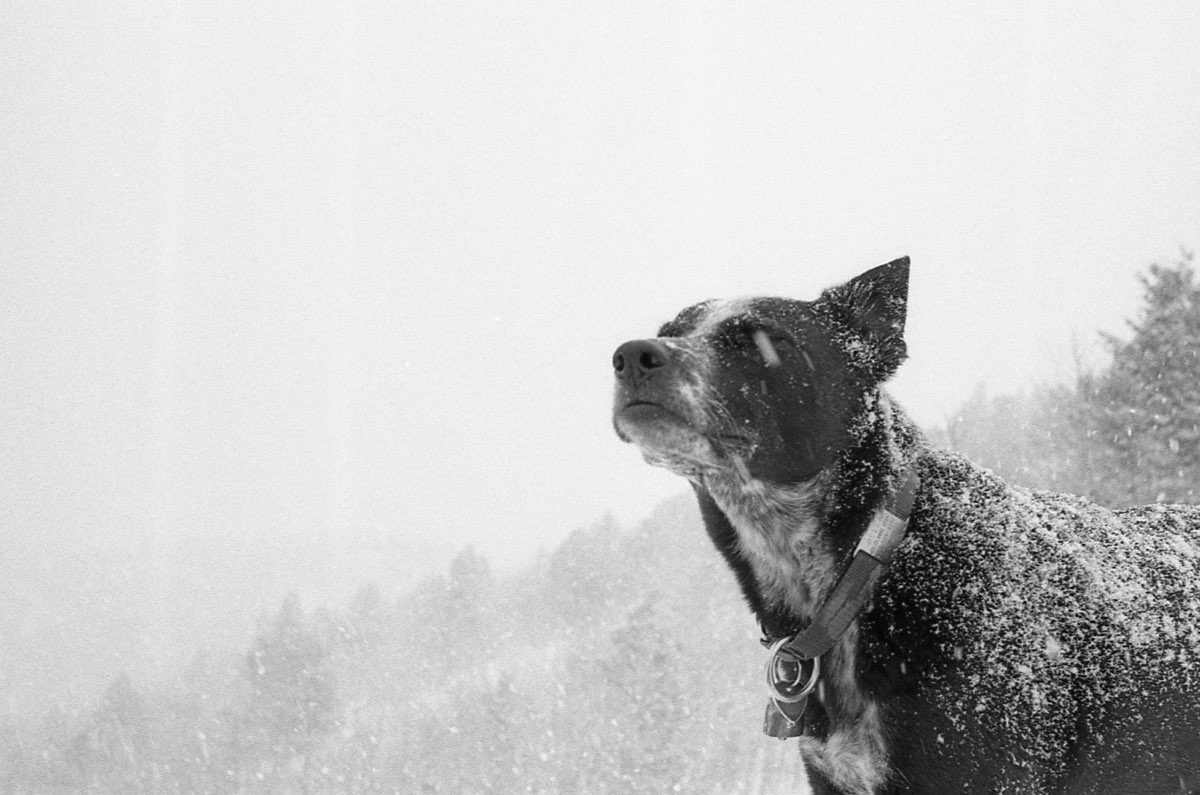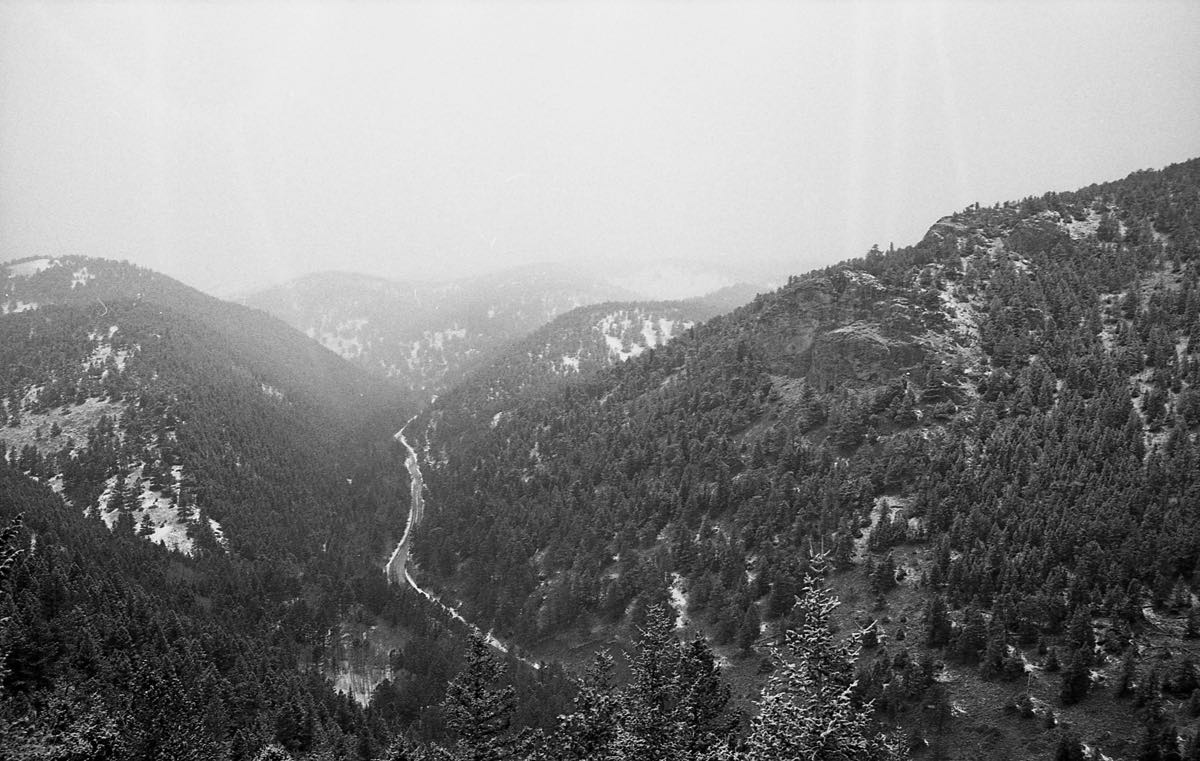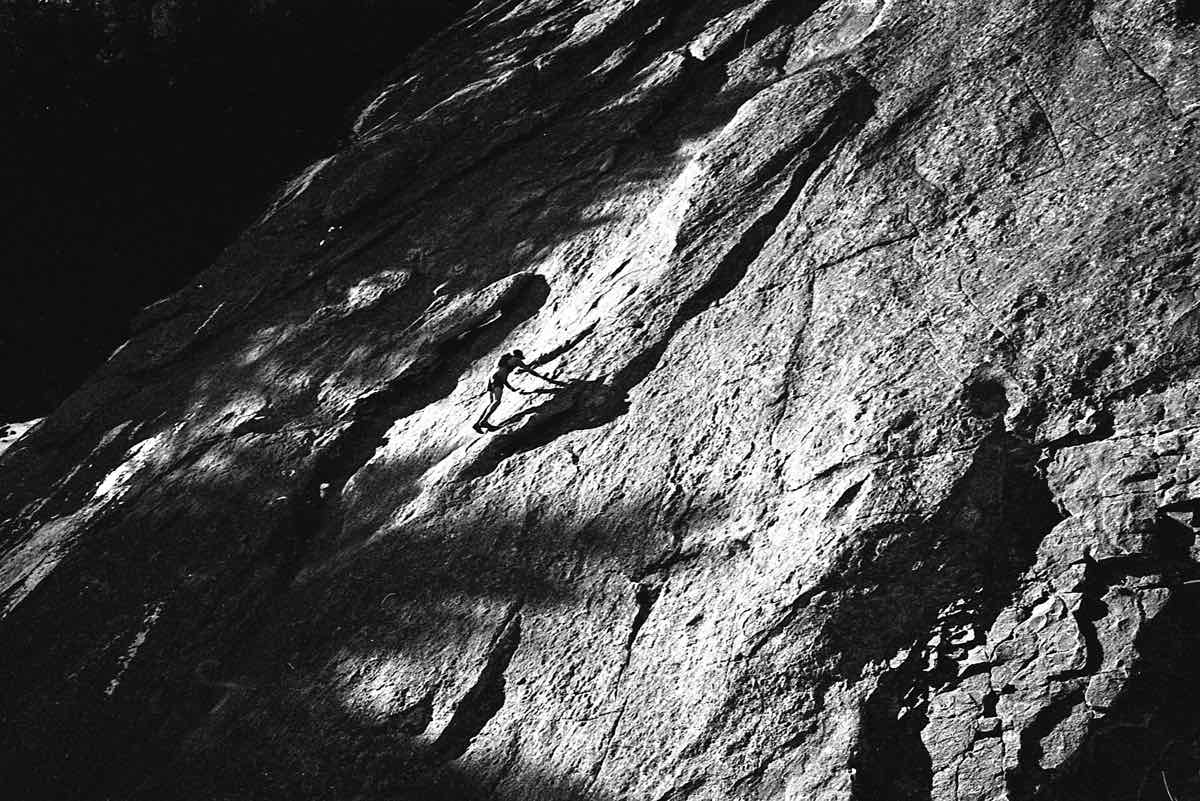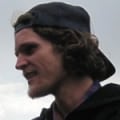I’ve been shooting more film lately. In a world that thrives on instant gratification, using a more expensive, less efficient, and generally less reliable medium may seem like a paradoxical choice. There is no real practical reason to choose film over digital. Phones these days are better at taking pictures than making calls. A quick manipulation of an image in an app, adding a filter and some grain, will have any half-decent photo looking just like film, especially when viewed on a tiny screen.
My grandfather handed me my first real camera, a 35mm Minolta SLR, when I was 12 years old. With it, he gave me two pieces of advice: “Focus on details and shoot a lot of film.”
The first idea was that I needed to learn how to look, to observe, to pay attention to a scene, emphasizing the importance of composition. The second lesson was that I needed to practice. “Shoot a lot” didn’t mean I should mindlessly blow through rolls of film, but rather spend time learning the craft, underlining the value of the process.
What he didn’t know at the time was that the tools that would become available would allow us (if we so choose) to reduce the process to only composition and take as many photographs as the Cloud will support (a lot).
Now, I can pull out my phone, point it at a scene, keep the shutter-release button pressed down, and nearly instantly have 50 frames in the palm of my hand. I can quickly scroll through them, pick the best one, edit, and post it. The image is then swept into a vacuum of split-second visual satisfaction and trigger-happy double-taps. When you’re paying for every shot and you can’t immediately see what image you’re going to get, there’s both financial and creative incentive to pay closer attention to the craft.
I currently have over 15,000 photos on my phone, and that’s not counting thousands of others on my computer or external hard drives. The upside of having such advanced technology at the tip of my fingers is that it makes my workflow much easier and efficient. Yet, dealing with so much volume can be overwhelming, even anxiety inducing. The ease of automation also makes me feel disengaged with the actual process of making photographs.
When I first started running, I looked at the activity through a similar lens than I did my photography. I heeded my grandfather’s advice, interpreting it to fit the new medium. “Focus on the details” translated to paying attention to the places I was visiting. I was drawn to the aesthetics of a landscape and wanted to interact with it through running. Circumnavigations or point-to-point routes held the most appeal and would even influence my choice of races.
I ran a lot, practiced daily, with my main interest being in the experiential nature of the activity. I valued the process infinitely more than the result.
In many ways, my running today has evolved in a similar direction to my photography. I have the great privilege of having many opportunities to travel the world to run and explore new places and I’m infinitely grateful for that. I’m also thankful for the new technologies that give me the flexibility to do my job in ways I could never have imagined less than a decade ago.
With that said, I often yearn for simpler times. I find the most joy in just going for a run or walking around my neighborhood with my camera, observing all the little intricacies of life unfolding around me. And, whether the internet knows about it or not has little to do with my own personal fulfillment.
Call for Comments (from Meghan)
- Do you see comparisons between how you practice running versus how you practice another hobby, your job, or another aspect of life?
- Do you have a hobby or skill that has a faster, more efficient iteration courtesy of technology that you still practice in a traditional manner? Do you alternate between tradition and modernity as Joe does? Can you explain the thought process behind your approach?
